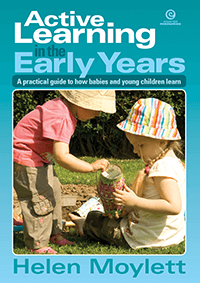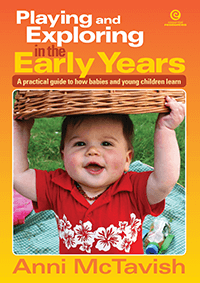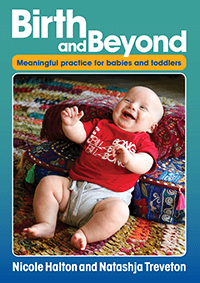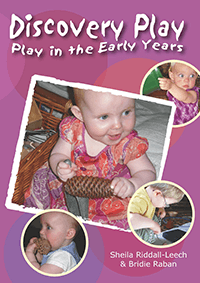Creating and Thinking Critically in the Early Years
Focuses on teaching and learning and its practical implications for early years practice
This series helps early childhood educators to build a thorough understanding of the characteristics of effective learning - but it doesn't stop there. Crucially, it links that understanding to highly practical ideas for planning and developing a child-centred curriculum that recognises young learners as active participants in the learning process. Each of the three easy-to-use resources explores one essential area of learning: learning actively; playing and exploring; or creating and thinking critically. Considering observations in early years settings as well as current research and thinking, they cover communication and language, the learning environment (both indoors and outdoors) and extended learning. Together they present the "big picture" of learning that can be put to work successfully across a wide range of early years settings.
Ages:
1-4
|
Pages:
82
|
Code: 0804
|
ISBN:
9781927251287






